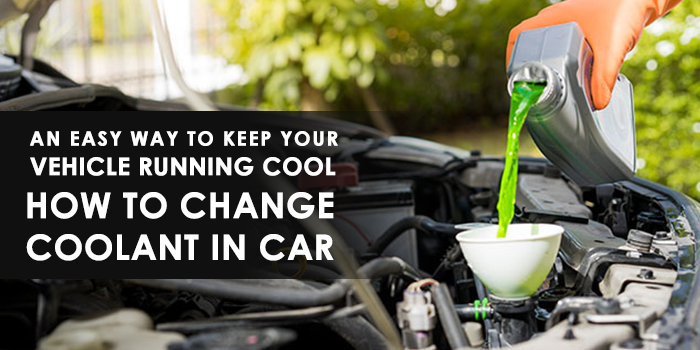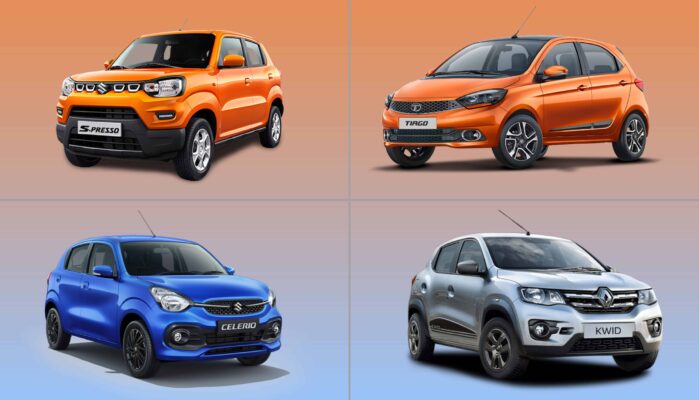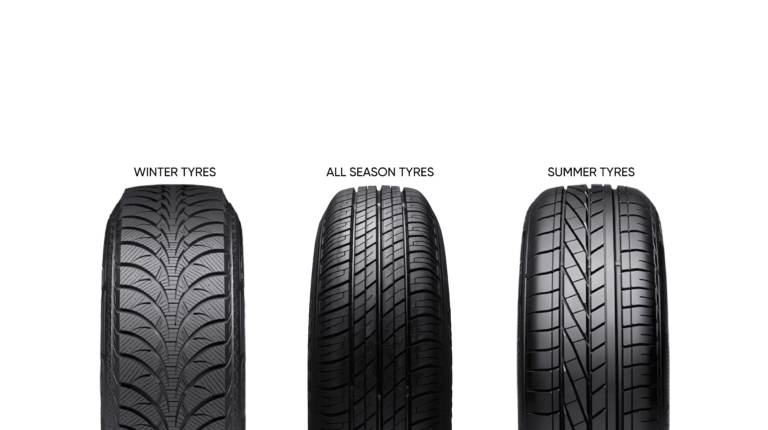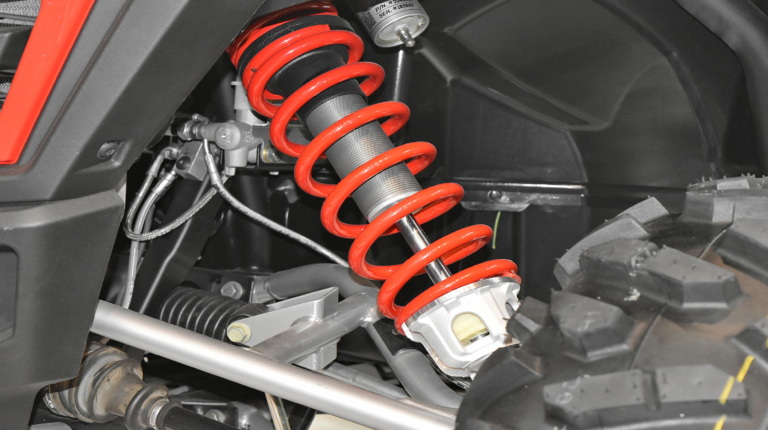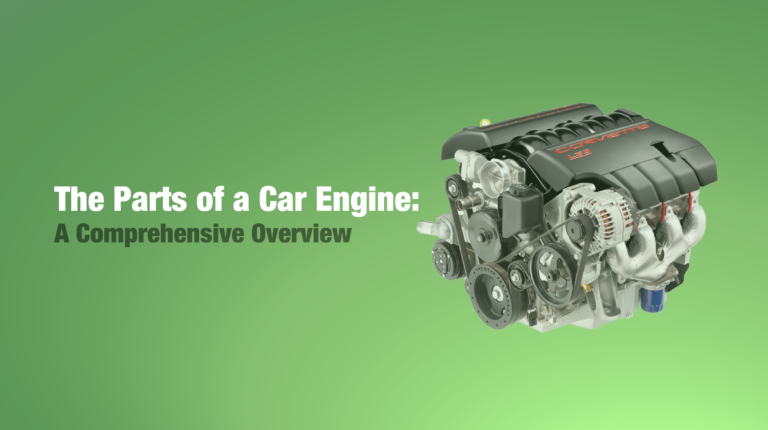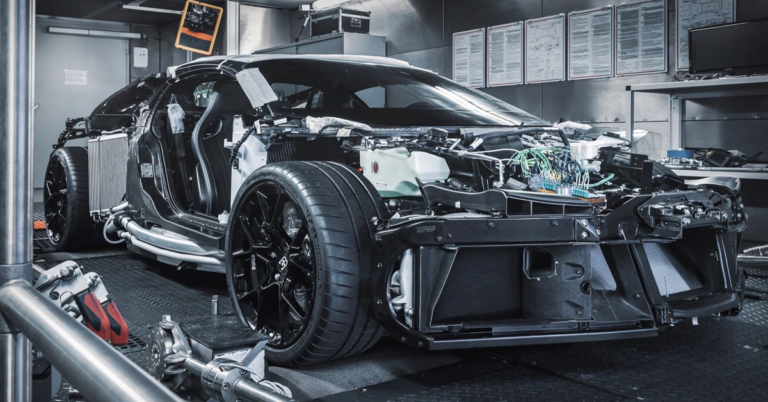
The car chassis is the basic framework on which the whole vehicle is built upon. Unless you have some technological knowledge about car building, you probably haven’t come across the term chassis. The type of car chassis determines how a car will perform in a certain situation. For example, a ladder on frame chassis is suited for heavy trucks to carry a large load while a monocoque chassis is safer and used on light motor passenger vehicles.
Knowing about the different types of car chassis can help you test the limits and potential of your car. If you were to remove the body panels and all the external components of a vehicle, you would be left with only the chassis underneath. The suspension, wheels and engine are directly bolted onto a chassis.
Types of Chassis Frames
The chassis is the main frame that supports the vehicle and holds the components of the car in place. It is the structural member that bears the force of the car when moving or at stand still.
If you were to compare a car to the human body, the chassis would be called the skeleton. It provides the basic structural shape for the entire body of the vehicle. The car is kept intact while accelerating, turning, braking and stopping.
To understand the importance of a chassis, here are some of its main functions:
- The chassis supports the cars exterior body.
- Multiple components of a car are mounted upon the chassis in different locations.
- The chassis is able to withstand the added weight of passengers and luggage.
- During rough road conditions, the chassis absorbs external forces acting upon the vehicle.
- The chassis manages the forces of acceleration and braking.
The functions of a chassis might remain the same, but there are different types of chassis that cars are built upon, and each of them has their own advantages and disadvantages.
The type of vehicle, their purpose and the road conditions they will eventually drive on dictate the type of chassis that is used in a car.
What Are the Different Types of Chassis Frames Used in Cars?
There are four main types of chassis used in cars that we drive around on a daily basis
- Backbone Chassis
- Ladder Chassis
- Tubular Chassis
- Monocoque Chassis
The following sections will delve into the different chassis frames.
Backbone Chassis
A backbone chassis is named after the shape of the frame. The rear and front suspension is connected through a hollow, cylindrical tube. It resembles the human spine and hence is called a backbone chassis.
Cars like the Skoda Rapid and DMC DeLorean (from the movie Back to the Future) have a backbone chassis. The cylindrical tube contains the driveshaft which protects it from damage, but is also a disadvantage if the driveshaft needs to be accessed for repair.
Advantages of a Backbone Chassis
- The chassis provides good connectivity between the axles and the road surface.
- The vehicle is stable with this chassis.
- It is a good choice for off roading vehicles.
- Since the chassis is rigid, it can handle twisting forces better than a ladder frame chassis.
Disadvantages of a Backbone Chassis
- The cylindrical hollow tube houses the driveshaft which is difficult to access.
- Backbone chassis are expensive and add to the cost of a car.
Ladder on Frame Chassis
The ladder on frame chassis is used most commonly on SUVs that are meant to go offroad. This type of chassis is made up of two large, length wise beams supported by smaller cross-sectional beams in the shape of a ladder. This type of chassis is also called body on frame chassis.
The cabin and the chassis are constructed separately and attached later. The frame is used to provide some protection between the body and the road surface which is essential for taking the vehicle offroad.
Advantages of Ladder on Frame Chassis
- The chassis is easy to assemble.
- Since the frame and body are separate, different types of body styles can be placed on the chassis
- The chassis is very flexible and well suited for going off road.
- The high ground clearance afforded by this setup provides quiet and comfortable driving.
Disadvantages of Ladder on Frame Chassis
- Since the vehicle gains extra height, it requires more attention while driving.
- The frame tends to be very heavy which is not suitable for hatchbacks and small sedans.
Some cars in India that have a ladder on frame chassis are the Mahindra Thar, Mahindra Scorpio, Force Gurkha, Toyota Fortuner and Jeep Wrangler. All of these are serious off roading SUVs.
Tubular Chassis
Tubular chassis are mostly used in race cars due to the enhanced safety they offer. The structure is a sort of three-dimensional cage on which the whole vehicle is designed around.
It gets its name from the tubular pipes that are used to build the chassis.
Advantages of Tubular Chassis
- It offers a higher amount of rigidity than similar frames with the same weight.
- The chassis has a high rigidity-to-weight ratio which gives the cars a strong and lightweight structure.
Disadvantages of Tubular Chassis
- The design of the chassis is complicated and cannot be constructed using conventional methods.
- The chassis is made on a one-off basis and cannot be mass produced due to its long construction time.
- Passenger cars usually don’t have this type of chassis due to feasibility issue.
- The chassis creates a high ground clearance which makes cabin access a little difficult.
Monocoque Chassis
This type of chassis is the most common type of chassis used in modern passenger cars. This single body type structure makes up all the components and mechanical parts.
All the exterior components like seats, suspension, engine, transmission, and body panels are directly connected to the chassis. This makes the overall construction of the vehicle simple and lightweight. Small hatchbacks and compact sedans make use of the monocoque chassis.
Monocoque chassis are safe and a suitable choice for the construction of compact SUVs which are more like oversized sedans.
Advantages of Monocoque Chassis
- Perfect choice for small cars because the chassis is lightweight and strong.
- Dynamic forces are easily absorbed while the vehicle drives around corners
- The chassis is considered very safe because of its single type construction.
- Since the chassis is lightweight, it provides good fuel economy and budget friendly cars.
Disadvantages of Monocoque Chassis
- The chassis is extremely stiff, which prevents off roading of the vehicle
- Repairs can be difficult and expensive.
A few models in India that come with a monocoque chassis include the Tata Tiago, Maruti Suzuki Wagon R, Maruti Suzuki Swift, Tata Altroz and Hyundai i20.
Conclusion
The chassis is the main structural component of a car and can be called the skeleton of the vehicle. The terms chassis and frame are interchangeable although we refer to the frame as the car’s body that is bolted onto the chassis.
The main purpose of a chassis is to support the weight of a car, handle dynamic forces while the car is in motion and to keep the car rigid during acceleration, braking and driving around corners. Most people don’t know what kind of chassis is used on the car they drive and some are not even aware of a structural component beneath the body panels.
However, knowing what kind of chassis your car is built upon can help you determine the abilities of your car and what kind of road surfaces it is best suited for. Different types of chassis have their own roles to play and are suitable for different driving styles. Additionally, each type of chassis has its advantages and disadvantages.
Each of them is best used in a certain application, so they cannot really be compared if we don’t know where and how the vehicle will be used.
Frequently Asked Questions
Here are some frequently asked questions about the different types of vehicle chassis.
Q1. What is the difference between the chassis and the frame?
Ans. The chassis is the foundation on which different components like the engine, suspension, and wheels are attached to. It is like the skeleton of the vehicle.
The frame is the rest of the structural body of the car. The chassis is designed as the basic structure of the vehicle and the frame is the car’s body and everything else fitted onto it.
Q2. What is a rolling chassis?
Ans. A rolling chassis is defined as the chassis that does not have any body work attached to it, that is, no body panels, doors or frames. The engine, transmission and wheels along with suspension are attached to the chassis so that it can actually be driven.
Many race cars are designed with rolling chassis with a carbon fibre body that bolts onto the rolling chassis.
Q3. What kind of materials are used in the construction of a chassis?
Ans. Carbon steel is one of the most common materials used in the construction of a chassis because it is strong, and can be machined easily. Other materials such as aluminium can also be used to build a chassis because it is a lightweight metal, that is strong and durable, easily machined, low density which results in low weight, corrosion resistant, and has excellent thermal conductivity. All these properties make aluminium the perfect choice for the construction of a chassis.
Some race cars, high performance supercars and exotic sports cars use carbon fibre in their chassis. Carbon fibre is lighter than aluminium and stronger than carbon steel, yet it is not a metal and doesn’t suffer from corrosion.
Q4. What is a reinforced chassis?
Ans. Chassis’ can be reinforced with stronger materials to make them more durable and obtain a more robust structure than the default frame. Carbon steel may be replaced with aluminium, magnesium alloys, or carbon fibre to make them stronger.
The chassis will end up with more rigidity than its typical materials used in construction.
Q5. Which Indian cars have a ladder frame chassis?
Ans. Some of the cars sold in India that are equipped with a ladder frame chassis include the Maruti Suzuki Gypsy, Toyota Fortuner, Ford Endeavour, Mahindra Alturas G4, Mahindra Thar, Force Gurkha and Mercedes AMG G63.
Ladder frame chassis are essential for good off roading ability, because they are able to twist and stretch on uneven surfaces while keeping the vehicle stable and well planted. A regular chassis may be bent and be rendered unsafe for driving when taken off road.
Q6. What is one of the biggest disadvantages of a backbone chassis?
Ans. The most prominent disadvantage of a backbone chassis is that it has to be completely dismantled if you need to replace or repair any part of the drivetrain.
Q7. Does the differential make up part of the chassis?
Ans. The differential is part of the transmission system and is used to allow two opposite wheels to rotate at different speeds without slipping or losing traction. A differential is used when going around corners as the inner wheel will be rotating slower than the outer wheel. The differential is not a structural member and does not make up part of the chassis.
Q8. Is the chassis the same as the frame of the car?
Ans. A chassis is the main structural member and is the skeleton of the vehicle. On the other hand, the frame makes up components that are laid on top of the chassis, along with the body components and panels fastened to the chassis.
Q9. Can a monocoque chassis be replaced in a car?
Ans. Modern passenger cars are most commonly built upon a monocoque type chassis. If the monocoque chassis is damaged, it can either be repaired, which can be done at a cost that is not necessarily affordable, or the other option is to buy a new car because replacement of the monocoque chassis is basically a replacement of the whole car.

